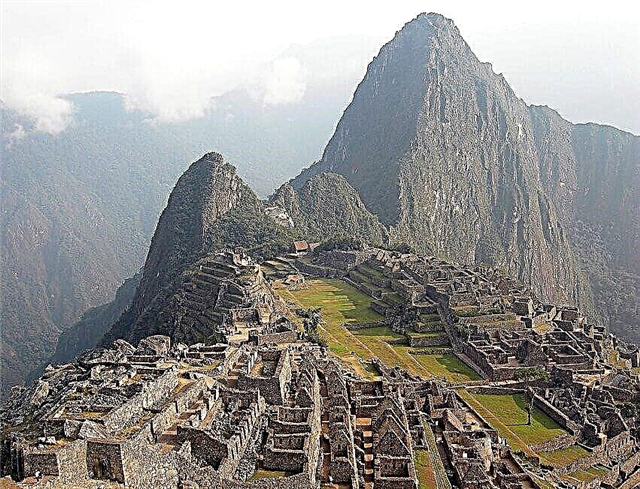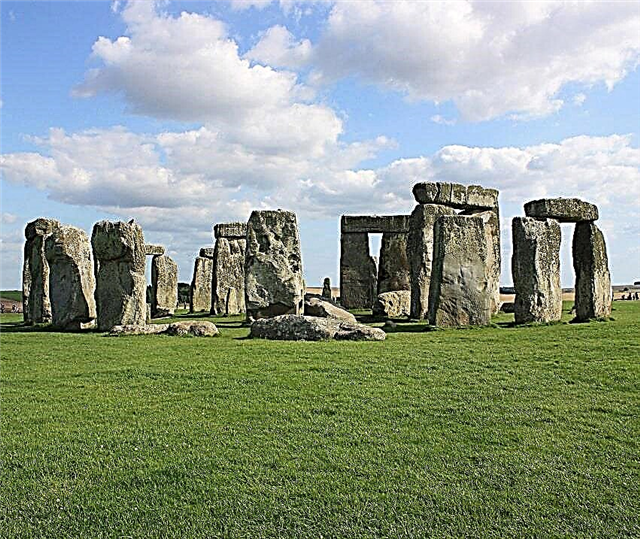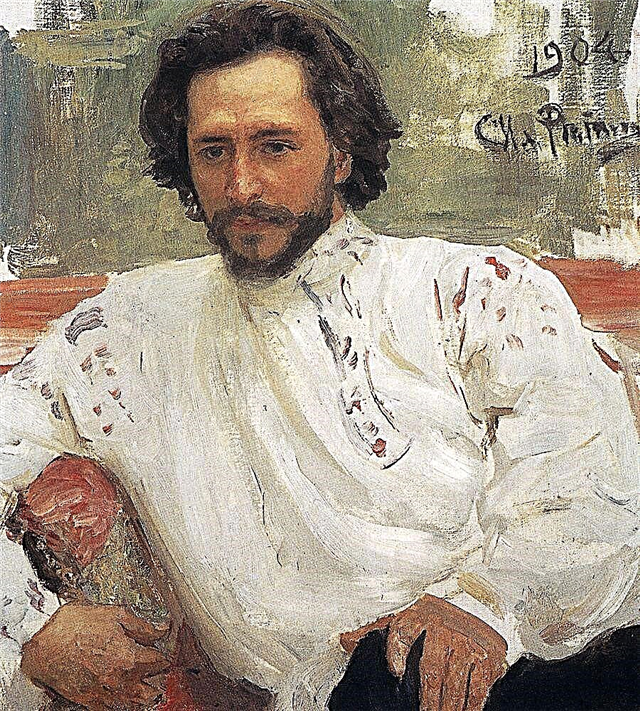Cologne Cathedral was not for long the first in the list of the tallest buildings in the world, but today it deservedly occupies the third position among all temples. Not only is the Gothic church famous for this: it contains a huge number of relics that representatives of different peoples who come to Germany want to look at. Everything is interesting: what is the height of the towers, history of creation, architecture, interior decoration.
Briefly about the Cologne Cathedral
For those who are still wondering where the cathedral is located, it is worth going to the city of Cologne in Germany. Its address: Domkloster, 4. The first stone was laid back in 1248, but the modern design of the church is inherent in the Gothic style.
Below is a brief description of the main values associated with the construction of the church and its content:
- the height of the largest tower reaches 157.18 m;
- the length of the temple is 144.58 m;
- the width of the temple - 86.25 m;
- number of bells - 11, the largest of which is "Decke Pitter";
- the area of the cathedral is about 7914 sq. m;
- the mass of the stone used in the construction is about 300 thousand tons;
- annual maintenance costs 10 million euros.

For those who are interested in how many steps lead to the spire, it is worth adding this figure as well, because to get to the bell tower and take a high quality photo from the top of the church, you will have to overcome 509 steps. True, visiting the towers is paid, but anyone can just go to the temple. Opening hours vary by season. In summer (May-October), the Cologne Cathedral is open to visitors between 6: 00-21: 00, and in winter (November-April) you can admire the beauty of the church between 6: 00-19: 30.
Stages of construction of the Cologne temple
The main church of the Archbishopric of Cologne was built in several stages. Two main periods are conventionally distinguished. The first dates back to 1248-1437, the second took place in the second half of the 19th century. Until the 13th century, many sanctuaries were built on this territory, the remains of which can be seen at the bottom of the modern cathedral. Today, during excavations, parts of the floor and walls from different eras have been discovered, but it is impossible to restore a single picture of past variations of the temples.

At the beginning of the 13th century, it was decided to build its own cathedral in Cologne, one of the richest centers of that time. Archbishop Konrad von Hochstaden initiated a great construction project that promises to give the world a temple that overshadows existing churches.
There is an assumption that the appearance of the Cologne Cathedral is due to the fact that in 1164 Cologne got the greatest relics - the remains of the Holy Magi. A unique sarcophagus was created for them, and such a treasure should be kept in an appropriate place, which was to be the future temple.

The construction of the church began from the eastern part. The main idea was the Gothic style, which was popular during this period. In addition, the abundance of stained glass windows and elongated arches was symbolic and signified awe of divine powers.
The architect of this amazing creation was Gerhard von Riele; all subsequent work was carried out according to his drawings. In the first 70 years, choirs were built. Inside, the room was decorated with capitals with openwork leaves covered with gilding. Outside you can see the soaring peaks, topped with a gold cross from the east. It has been decorating the cathedral for over 700 years.

In the 14th century, another part of the construction began, as for this it was necessary to demolish the western part of the Carolingian cathedral. At this time, they were engaged in the construction of the South Tower, the architectural features of which are emphasized by the refinement of the elements. By the beginning of the 16th century, the middle nave was almost completely finished, leaving only minor details in the decoration of the facade.

During the Middle Ages, not all ideas were put into practice, and over the years of its existence, the Cologne Cathedral gradually fell into decay. As a result, in 1842, the question arose about the need to restore the temple and complete the necessary construction work, including those related to its final decoration. On September 4, thanks to the funding of the Prussian king and the public organization of the inhabitants of the city, work resumed, and the honor of laying the first stone fell to Frederick William IV, as the main initiator.
We advise you to look at the Milan Cathedral.
During the construction, initial ideas and existing drawings were used. The facade was decorated with sculptures, high towers appeared, reaching 157 meters in height. October 15, 1880 is officially considered the day of the end of construction, then a large-scale holiday was organized, and people from all over the country went to Cologne to see this creation with their own eyes.

Despite the fact that it is known exactly how long the temple was built and when it was built, work is still underway to preserve the attraction for many years to come. Many key elements were replaced in the 20th century, and restoration continues to this day, as pollution in the city negatively affects the appearance of the cathedral.
The treasures kept in the temple
Cologne Cathedral is a veritable treasure house containing unique works of art and symbols of religious worship. Among the most valuable are:
No photograph is able to convey the true emotions from the study of all the values stored in the cathedral. In addition, the pictures laid out in the stained-glass windows create a special atmosphere in the room, and the music of the organ seems to lift into the clouds, it is so deep and soulful.
Legends of Cologne's tall cathedral
There is an interesting legend about the cathedral, which is retold in different ways. Someone believes in its veracity, someone creates a cloud of mysticism around the story. At the time of the development of the project, the architect Gerhard von Riele was constantly rushing about, not knowing which drawings to give preference to. The master was so overwhelmed by the choice that he decided to turn to Satan for help.
The devil instantly responded to requests and offered a deal: the architect will receive the coveted drawings that will turn the cathedral into one of the greatest creations of mankind, and in return he will give his soul. The decision had to be made after the crowing of the first cocks. Gerhard gave his word to think, but for the sake of greatness inclined to a positive decision.
The master's wife overheard the conversation with Satan and decided to save the soul of her husband. She hid herself and crowed like a rooster. The devil gave the drawings, and only later realized that the deal did not take place. The revised version of the story was presented by Platon Alexandrovich Kuskov in the poem "Cologne Cathedral".
It is not uncommon to hear the continuation of the legend, which says that Satan was so angry that he cursed the temple. He said that with the last stone of the cathedral there will be a worldwide apocalypse. According to some versions, destruction threatened only Cologne, but perhaps it is no coincidence that the great German temple is constantly being completed and expanded.
Interesting facts are often presented in the form of unusual stories for tourists. So, guides from Cologne like to talk about the times of the war, which the temple survived without the slightest damage. During the Second World War, the city was subjected to heavy bombing, as a result of which all buildings were completely destroyed, and only the church remained intact. It is believed that the reason for this was the fact that the pilots chose the tall building as a geographical landmark.









